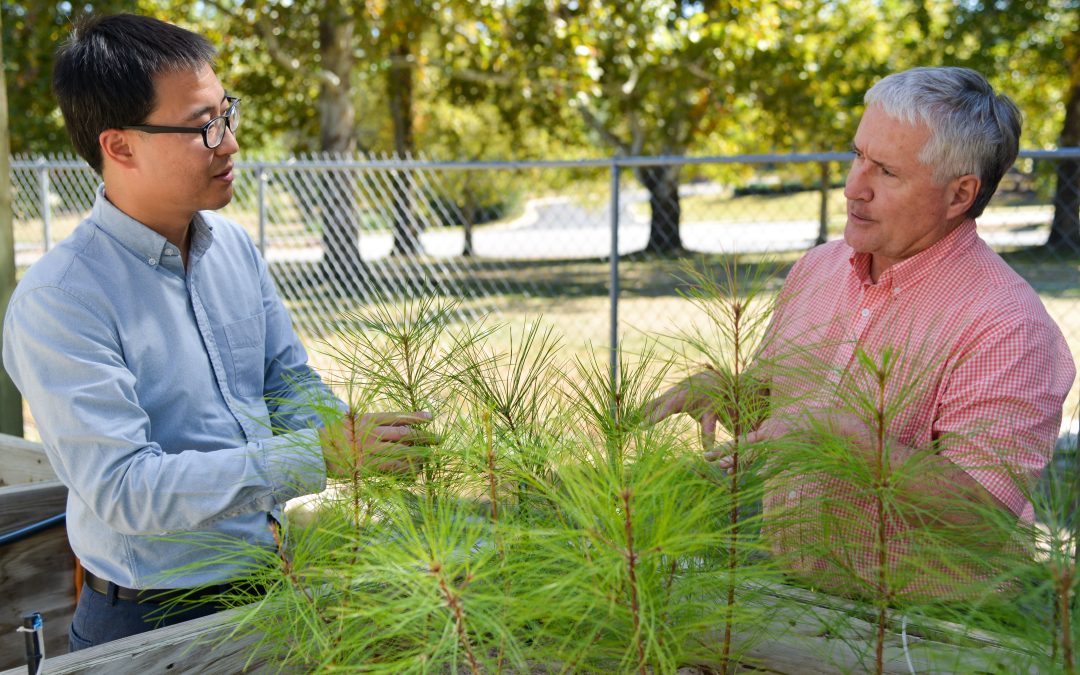
by Paul Hollis | Oct 14, 2022 | Biosystems Engineering, Research
Like many U.S. industries, forest seedling nursery production is dependent on seasonal manual labor, a situation that is becoming untenable due to an acute shortage of workers. However, researchers at Auburn University are working on a robotic system that could...

by Paul Hollis | Sep 30, 2022 | 150th Year Celebration, News, Research
What has agricultural research done for you? It’s a fair enough question, and one that many of us might have a problem answering. But the answers are numerous enough to fill a book or two, which is exactly what Gale Buchanan has done. Buchanan, who spent the first 21...

by Paul Hollis | Sep 27, 2022 | Agricultural Economics & Rural Sociology, Feature, Research
A recent study led by Auburn University agricultural economists suggests that plant-based meat alternatives (PBMA) might be seen by consumers as a niche product rather than as an actual substitute for meat. “We realized there is very little information about how...

by Paul Hollis | Sep 1, 2022 | Crop, Soil & Environmental Sciences, News
Jenny Koebernick, associate professor in the Department of Crop, Soil & Environmental Sciences in the Auburn University College of Agriculture, has been appointed to the U.S. Department of Agriculture’s Plant Variety Protection Board. The Plant Variety Protection...

by Paul Hollis | Aug 31, 2022 | Animal Sciences, Entomology & Plant Pathology, Feature, School of Fisheries, Aquaculture & Aquatic Sciences
One College of Agriculture faculty member was recently reappointed an eminent scholar and two others received endowed professorships. Rex Dunham, alumni professor in the School of Fisheries, Aquaculture and Aquatic Sciences, was reappointed the Butler-Cunningham...

by Paul Hollis | Aug 17, 2022 | Research
It looks like a natural fit: a sustainable system that produces fresh vegetables and fish located in food deserts with marginalized populations. And, while there has been an explosion in the interest surrounding such an arrangement, there are significant technological...

by Paul Hollis | Aug 5, 2022 | 150th Year Celebration
PGPR discovery becomes accepted practice in agriculture Throughout the 2022-2023 academic year, the College of Agriculture is celebrating its 150th anniversary with content shared from its special edition, collector’s book of The Season, publishing in 2023. Like...








